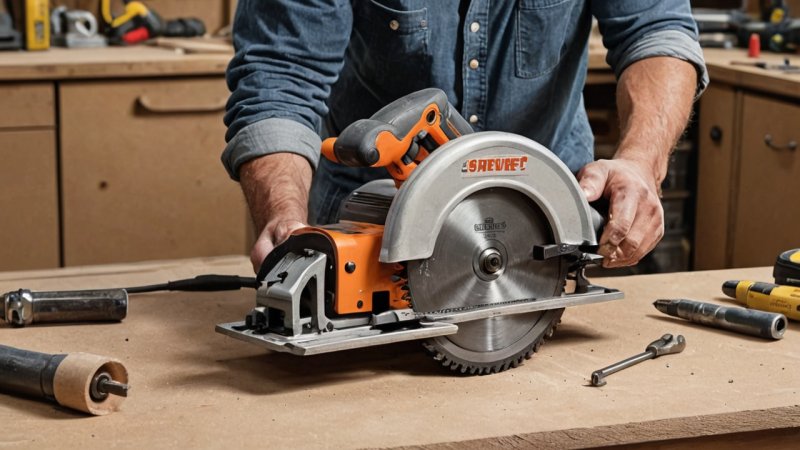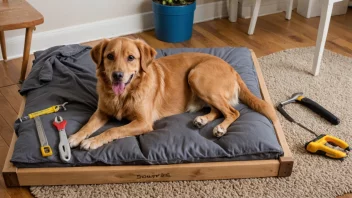Power tools are invaluable in any DIY enthusiast's arsenal, offering efficiency and precision for various tasks. However, like any equipment, they require regular maintenance and care to ensure their longevity and optimal performance. In this article, we’ll explore essential tips for maintaining and caring for your power tools, so you can keep them in top shape for all your projects.
First and foremost, always refer to your tool’s manual. Each tool comes with specific guidelines from the manufacturer regarding maintenance routines, recommended lubricants, and cleaning methods. Familiarizing yourself with these instructions can prevent unnecessary damage and help you understand the unique needs of your tools.
One of the most crucial aspects of power tool maintenance is keeping them clean. After each use, take a few moments to wipe down your tools with a dry cloth to remove dust, wood chips, and debris. For stubborn grime, a damp cloth or a soft brush can help. Make sure to avoid any harsh chemicals that could damage the tool’s finish or components. Additionally, for cordless tools, ensure the battery terminals are free from corrosion. A quick clean with a cloth can help maintain a good connection.
Next, regularly check and tighten any loose screws or bolts. Vibrations during use can cause fasteners to become loose over time, which could lead to parts misaligning or even breaking. Doing a quick inspection before and after each project can save you from potential issues down the line.
Another important aspect of maintenance involves lubricating moving parts. For tools with motors or moving mechanisms, use the appropriate lubricant as specified in the manual. Regular lubrication can reduce wear and tear, improve performance, and prevent rust. Make sure to wipe off any excess lubricant to avoid attracting dirt.
Battery care is also essential if you’re using cordless power tools. Always store batteries in a cool, dry place, and avoid leaving them in the tool for extended periods. Regularly charge your batteries according to the manufacturer’s recommendations to maintain their lifespan. If a battery shows signs of swelling or damage, discontinue use immediately and replace it.
Additionally, inspect your power cords for any signs of fraying or damage. A damaged cord can be a safety hazard and can affect performance. If you notice any issues, replace the cord or have it repaired by a professional. Never attempt to use a tool with a damaged cord.
Lastly, store your power tools properly. Designate a clean, dry area for tools, preferably in a toolbox or designated storage unit. Keeping them organized not only protects them from damage but also makes them easier to find when you need them. Consider using protective cases for more delicate tools and keeping them away from extreme temperatures and humidity.
In conclusion, maintaining your power tools is essential for ensuring their longevity and performance. By following these simple care tips—cleaning after use, checking for loose parts, lubricating moving components, caring for batteries, inspecting cords, and storing tools properly—you can enhance the efficiency of your tools and enjoy your DIY projects without worry. A little maintenance goes a long way in keeping your tools in great shape and ready for your next project.






